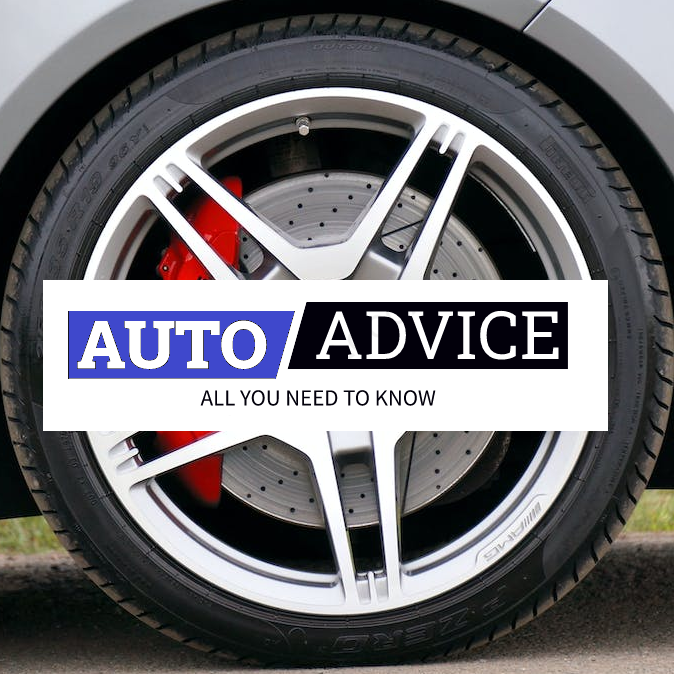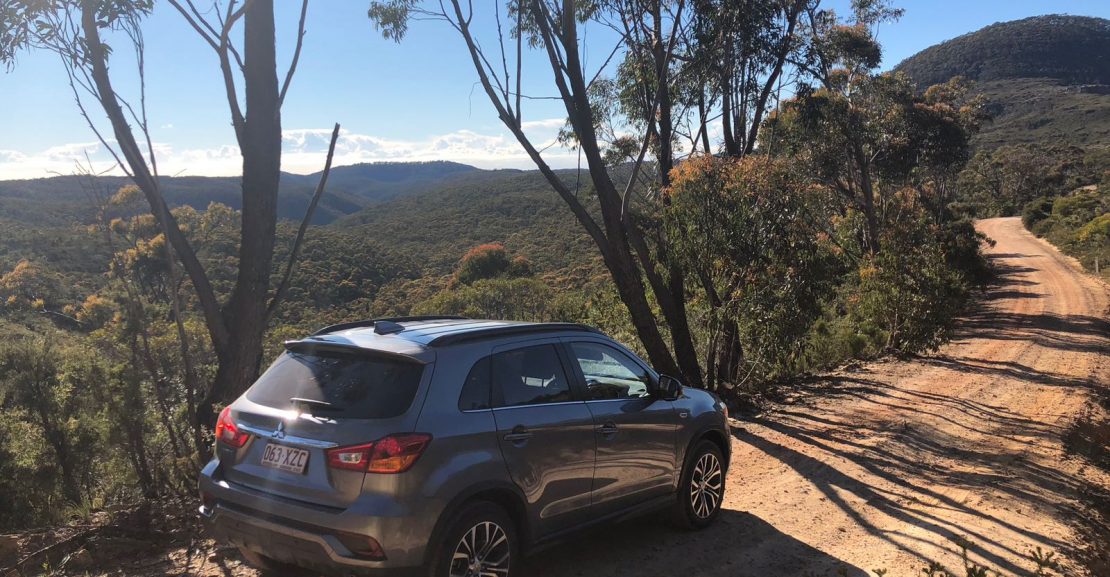So for the last while, I’ve been needing to transport things, stuff and people intermittently whilst also having a 1,000km / week round trek through the blue mountains each week. It’s become clear that a cheap load lugger may be on the cards to join the fleet.
This made the perfect opportunity to test out some cars that will eat up the windy, sweeping mountain roads – but on the weeks where I needed something to lug loads and soak up some rought workhorse treatment, try out a few ‘sensible’ mid-size family SUVs.
So at 4am I get dropped off at the Airport clutching a duffel bag loaded with detailing gear and enough microfibers to dry off the Titanic. Good job too, given the rain we’ve had in NSW over the last few weeks!

Pros:
- Low Cost
- Reasonable all rounder
- Spacious
Cons:
- Dated drive-train lacks refinement
- Cheaper interior
- A few engine choice and gearbox choices faded away
A Good Budget all-rounder, but starts to feel out-of-place outside of its comfort zone.
The first warrior was a base spec Mitsibushi ASX. $25,000 – $40,000
Initial Impressions
From a quick walk around you can see some rather old school styling cues, rugged looking wheel arches, a determined crease or belt-line descending towards the front and with a bold front end. It sort of breaks the mould in that taking minimal visual upgrades from its 8-year lifespan it retains a bit more of a rough and ready look that you don’t find in offerings by Toyota or Mazda.
What’s the inside like?
It sits larger than the Mazda too, at 1640mm high against the Mazda’s 1550mm. That means that there is more space inside – and you feel it when climbing on board. Fold the second row of seats and you’ll find a generous 1140 litres of stowage space. You get a deep storage container and two cup-holders up front, along with a little handy storage shelf by the Air Controls.
The ASX perhaps lets itself down a little in build quality, with the materials feeling a bit dated. Plastics give a hollow, tinny rap when yo tap on them. The Seats aren’t the most comfortable in the biz – after the 5 hour dash I developed a bit of a back ache – call me old, but it hasn’t happened in other cars on the same route – including a Boxster.. The seats have next to no lateral support – not that you’d expect bucket seats, but it does mean your legs tire from keeping yourself rigid on a country road.
Twin USB ports are found up front and another in the storage bin – all things that I’m a fan of though. The I.C.E. is handled by a 7-inch touch screen which is loaded with Apple car-play which handles business like it should. The 6 speakers aren’t bad, lacking a little feeling and bass but for a casual listen you can’t really complain. The Top Spec ASX is where you’d want to be sitting, loaded with heated leather, LED running lights, roof rails and push start – the one I was driving however wasn’t that. (although to be fair, it didn’t sit too far beneath the spec.)
A piano black fascia sits behind the large display which gives a bit of much needed garnish to an otherwise functional layout.
What about kit and safety?
The base spec ASX is a cheap entry point. It will be bare-bones, but functional with most of the trimmings mentioned above. For around $1500 you can add Auto Braking and from there you can add Mitsubishi’s Driver assist systems which include auto emergency braking, lane-departure, rear-cross traffic and blind spot alert as well as auto wipers and headlights which automatically engage high-beam and dip when trafffic is present. Very Safe indeed
From there you can add leather, power seats and large panoramic-esque sunroofs which add some nicer touches which make the car feel a little more complete.
The ASX comes with anti-lock brakes, stability control, rear reversing camera and sensors and seven airbags – two in front of driver and passenger, one in the outside of each seat to protect from side-impacts, a curtain airbag at head level and an airbag for the driver’s knees, giving it a 5 star rating from the early days.
What’s it like on the road?
Driving around town, it’s quite compliant, really. Bumps are smooth enough, it sways into corners without ever really making you feel at peril – but does have a reasonable amount of body-roll – but mostly I would summarise it as a car that is best suited to casual use. That’s not a bad thing, but as I tip into nice flowing mountain bends, and stop off for a little lunch down a rough off-road track, you get a feeling that you never really want to push too hard; and neither does the car.
It’s not the fastest nor the most dynamic car you can buy in the bracket but then it doesn’t particularly do anything badly either. I had an AWD version, which I feel had a smidge more stability than the Front-wheel drive version – just as well as disappointingly they became unavailable with a diesel turning all four wheels.
But it’s when you start to push the engine that you get a little disappointing. The wheel jostles as you accelerate and the majority of the power turns the front wheels. You can hear the engine working up-hill without ever really feeling it. Cruise control up a steep hill becomes a dance of applying more gas as it downshifts and struggles to keep your momentum. On the dirty stuff it performs as well as you can really expect a family four-by to really do, sufficient for some rough access tracks to whatever activities you have planned.
The ride is quite firm – which you might not expect from a tall car – but as you would know from reading, I generally like in a car. It makes it feel connected and solid on the road – although a few degrees of dead space steering play off-centre doesn’t do much to build on this.
On a nice open road, it is composed enough to ride over sudden bumps – but this becomes a bit crashy in an urban setting. Tyre noise will bother some, being a rather noisy place to sit.
How Economical is it?
The 2.0 petrol unit though is unfortunately less suited than the 2.2litre turbocharged unit that was phased out. The 2.0 allegedly returns around 7l/100km – although I don’t think I came close to that. Even though the route had a number of hills and some stop-start sections due to roadworks, I did find the 11l/100km a little disappointing. The 60 litre tank did however last the round-trip returning over 720kms with a little to spare.
To Summarise
I don’t love the ASX. But then – I don’t hate it either, and that seems to be where the car excels – at the ordinary. Now that might seem harsh, but it’s not intended so and I’ll explain why.
There are cars that are significantly lets say classier – that cost significantly more. And there are smaller cars in the same price range that don’t offer space, all-wheel drive and the driving position and setting that comes with it. As you up-spec the ASX though you loose the benefit of it being cheap and it encroaches on the pricing territory of more-rounded buys
But if you simply want a larger daily car for daily duties with the benefits of an AWD in terms of space, rougher than usual roads and elevated position its well worth consideration, especially at the lower price bracket.




